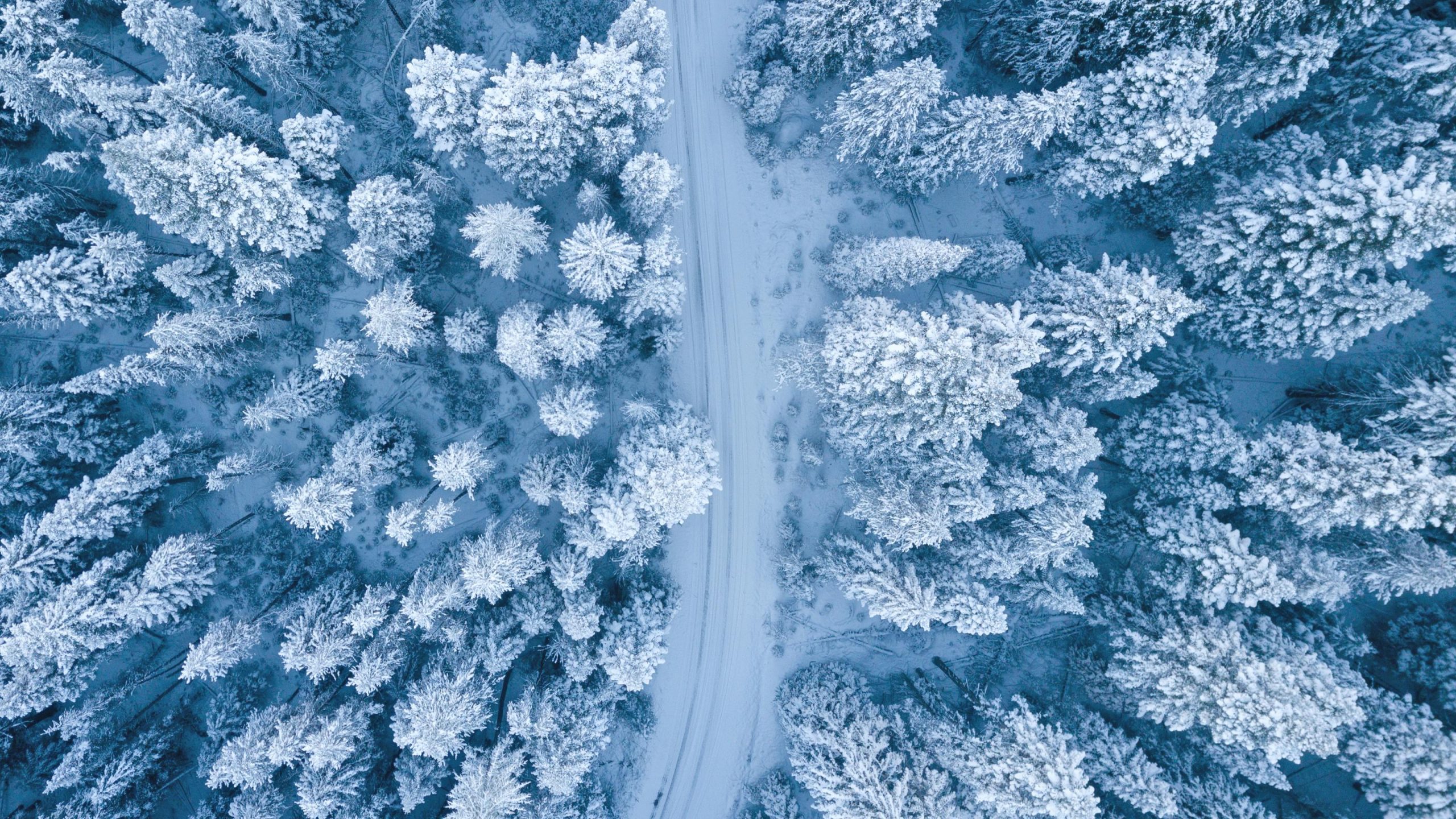Kansas is bracing for another winter storm that will bring snow, high winds, and a dangerous blast of arctic air over the next few days. As temperatures plummet and snow begins to fall, residents are urged to take necessary precautions to stay safe, especially when traveling.
A Calm Before the Storm
The day before the storm is calm but cold, with gusty winds from the east-northeast keeping the temperatures in the 20s and 30s feeling like the single digits. These frigid wind chills are expected to continue through the day as the storm system moves closer.
The National Weather Service (NWS) has issued winter storm warnings for much of the state, including the Wichita area. Local officials are reminding Kansans to prepare for difficult conditions, particularly when snow begins to fall later this evening. The snow will first hit the northern and western parts of the state before making its way south and east overnight, reaching the Wichita area after midnight.
Snowfall and Accumulation Predictions
The winter storm will bring varying amounts of snow across Kansas. According to the NWS, snowfall is expected to range from 1-2 inches in the southwestern corner of the state to 4-8 inches in many central and eastern parts of Kansas. The heaviest snow is anticipated to fall along and east of the Kansas Turnpike, where snowfall could accumulate up to a foot in some areas.
In addition to the snow, gusty winds from the north will cause blowing and drifting snow, leading to reduced visibility, particularly on highways and rural roads. Travel is strongly discouraged during the storm, as road conditions are expected to deteriorate quickly.
The NWS has advised residents to stay updated on local road conditions, especially for those planning to travel overnight. For up-to-date road closures and conditions, the Kansas Department of Transportation (KDOT) provides a real-time travel advisory page that can help residents make informed decisions.
Wind Chill and Dangerous Cold
While the snowstorm is the main concern, the accompanying arctic air is what will make conditions even more hazardous. After the storm passes, the temperature will plummet, with afternoon highs in the single digits and teens. Nighttime temperatures are expected to drop even further, reaching well below zero in many areas.
Wind chills will make it feel much colder, possibly as low as minus 30 degrees in some parts of the state. These dangerously cold temperatures can lead to frostbite and hypothermia if exposed to the elements for extended periods of time. The Kansas Division of Emergency Management recommends that residents limit time outdoors and dress in layers to protect themselves from the cold.
For those who must go outside, the Centers for Disease Control and Prevention (CDC) offers guidelines on how to stay safe in cold weather.
Impact on Travel and Safety Measures
With snow accumulation and freezing temperatures expected, local authorities are advising residents to stay off the roads if possible. The combination of snow and blowing winds will lead to hazardous driving conditions, especially on rural routes and in areas without regular snowplowing.
Kansas Highway Patrol has already begun to prepare for the storm by urging drivers to check their vehicles, ensure their tires are properly inflated, and keep emergency kits on hand. Drivers are also reminded to reduce speed and increase following distance to account for slippery road conditions.
In addition to driving concerns, power outages may occur due to the heavy snow and strong winds. The Kansas Power Utility Services has provided resources to help residents prepare for potential outages. Those with medical needs should ensure they have backup power supplies and access to emergency services.
For more information on preparing for winter weather, including power outage safety tips, the Kansas Power Utility Services offers valuable resources.
Preparing Your Home for the Cold
In preparation for the extreme cold, Kansans are encouraged to winterize their homes by ensuring that all heating systems are functioning properly. Homeowners should check their furnaces and chimneys to ensure they are in good working order.
The Kansas Department of Health and Environment (KDHE) recommends sealing drafts around windows and doors to prevent heat from escaping and using weather stripping to keep warm air inside. Additionally, keeping a supply of water, non-perishable food, and blankets on hand is a good idea in case of power failure.
While the storm may bring challenging conditions, staying informed and prepared can help reduce the risks associated with extreme winter weather. Kansas residents are urged to follow local weather updates and heed warnings from emergency management officials.
Stay Safe and Stay Informed
As Kansas prepares for another winter storm, residents are reminded to stay safe and stay informed. The combination of heavy snow, gusty winds, and dangerously cold temperatures will create hazardous conditions over the next several days. By staying prepared and cautious, Kansans can help mitigate the risks posed by this powerful winter storm.
For further updates and information on the storm, follow local news channels or visit the National Weather Service website for the latest alerts and weather forecasts.
As we navigate the storm, remember: safety is the top priority, and it is essential to take the necessary steps to protect yourself, your family, and your property.
(Source : kwch.com)


